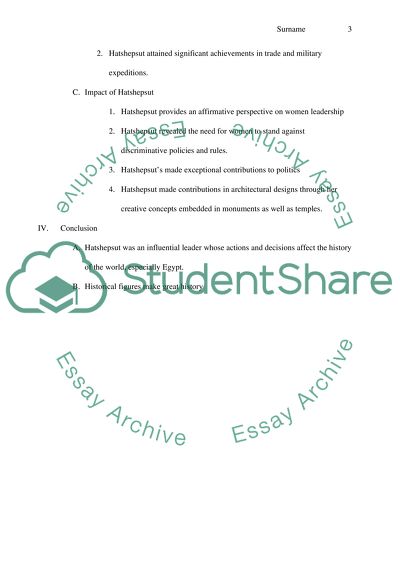Cite this document
(“Hatshepsut Research Paper Example | Topics and Well Written Essays - 1500 words”, n.d.)
Retrieved from https://studentshare.org/history/1447896-hatshepsut
Retrieved from https://studentshare.org/history/1447896-hatshepsut
(Hatshepsut Research Paper Example | Topics and Well Written Essays - 1500 Words)
https://studentshare.org/history/1447896-hatshepsut.
https://studentshare.org/history/1447896-hatshepsut.
“Hatshepsut Research Paper Example | Topics and Well Written Essays - 1500 Words”, n.d. https://studentshare.org/history/1447896-hatshepsut.


